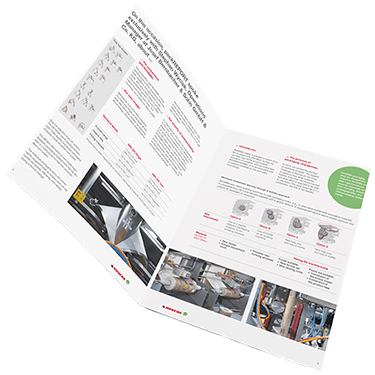Packaging of liquid products
Rigid versus flexible packaging - which method is more sustainable?
Whether delicatessen products such as ketchup, mayonnaise, sauces, marinades, dressings or cut vegetables in brine - no matter how different their natural shelf life and storage life, the products should remain fresh for as long as possible and retain their aroma and appearance for as long as possible.
Traditional rigid packaging such as jars, cans and buckets have been the preferred form of packaging for these products until now. However, these are usually not optimally designed and constructed for transport and storage. The amount of material used is also often very high - a quite acceptable factor, since it is assumed that the packaging is easily recyclable. But is this really the case?
ROVEMA took a look at the advantages and disadvantages of the different packaging forms for the food service sector. The result was a detailed guideline, which considers the primary as well as the secondary packaging and also considers the process steps from dosing, feeding, filling up to the preservation of the food and the disposal of the packaging.

